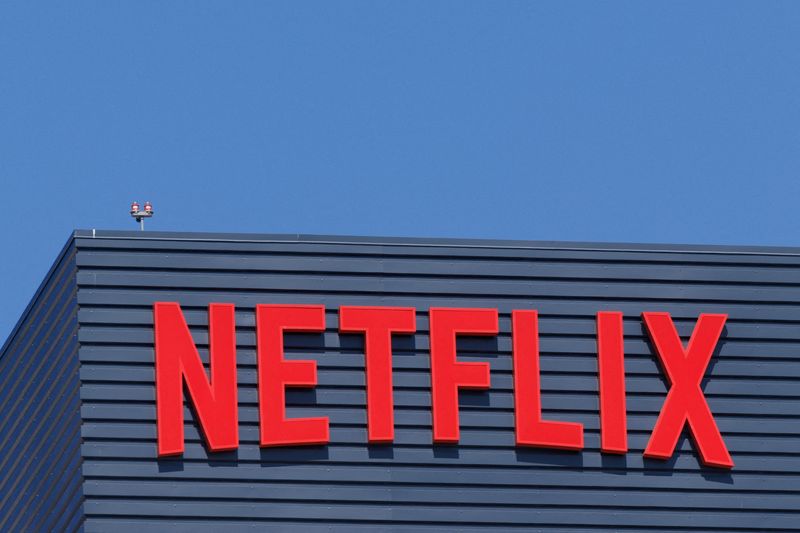Street Calls of the Week
Investing.com -- Here is your Pro Recap of the top takeaways from Wall Street analysts for the past week.
InvestingPro subscribers always get first dibs on market-moving AI analyst comments. Upgrade today!
Shake Shack
What happened? On Monday, BofA downgraded Shake Shack Inc (NYSE:SHAK) to Underperform with a $86 price target.
*TLDR: Shake Shack innovates amid macro headwinds. Pricing risks rise as consumers tighten.
What’s the full story? Shake Shack’s innovation machine is oiled and humming, deploying a ruthless stage-gate process that forces new products to meet culinary, operational, and financial standards sharp enough to cut through the noise. But here’s the kicker: the team’s innovation tailwinds are slamming into macro headwinds as the labor market softens and consumers tighten belts.
BofA expects Shake Shack’s same-store sales growth (SSSG) to decelerate, with estimates below consensus across 3Q (2% vs. 2.7%), 4Q (2% vs. 2.8%), and F26 (1.5% vs. 2.4%). EBITDA outlook for F26 is trimmed to $235.8M from $245.8M. The team slashes the price target to $86 from $148, citing slower AUV growth and modest margin expansion.
Commodity risks loom large, with beef—30-35% of Shake Shack’s input basket—costs climbing. The chain has leaned on supply chain savings to offset pressure but now eyes sharper price increases to defend margins. Here’s the problem: while Shake Shack’s cumulative pricing since 3Q23 (19%) outpaces fast-casual peers like Chipotle (8.6%), the broader restaurant universe is leaning into value. Fast food is fighting for price-conscious diners, while casual dining doubles down on quality and value perception. The team sees risk in Shake Shack’s pricing strategy as competitors sharpen their value propositions.
Innovation is great, but macro gravity is a cold, hard constant.
Netflix
What happened? On Tuesday, Seaport Global upgraded Netflix Inc (NASDAQ:NFLX) to Buy with a $1,385 price target.
*TLDR: Shares digest gains; ad momentum builds. Buy pre-earnings for growth upside.
What’s the full story? Seaport sees the shares’ recent moderation as a healthy digestion of YTD +30% gains, setting the stage for infrastructure-driven monetization momentum. While YouTube TV continues to vacuum linear TV’s lunch money, the firm notes persistent y/y market share gains and curated, quality content sustaining engagement leadership. Ad revenue estimates are recalibrated higher—because, why not?—with operating leverage juiced by expanding market share.
The firm would be buyers ahead of the 3Q25 print on Oct. 21. Why? Because in a world where linear TV is a rotting corpse and YouTube TV is the buzzsaw, this play feels like holding a winning lottery ticket—backed by professional content and an ad infrastructure build that’s just beginning to pay off.
Six Flags Entertainment
What happened? On Wednesday, Texas Capital Securities launched coverage on Six Flags Entertainment Corp (NYSE:FUN) at Buy with a $28 price target.
*TLDR: Six Flags rises post-merger. Weather hides gains. Value proposition drives comeback. Deleveraging adds upside.
What’s the full story? CBI sees Six Flags Entertainment Corp. as a phoenix rising from its post-merger ashes—finally leveraging the union of two regional theme park giants to deliver a consumer experience that doesn’t suck. Weather has been the villain of this story, masking operational gains and sending shares plummeting to pandemic lows, but the analysts spy green shoots. Pre-pandemic attendance is clawing back, and focusing on flagship parks could turbocharge revenue, profitability, and balance sheet health.
The analysts are betting on a comeback story here. Because in a world where inflation squeezes wallets, Six Flags’ value proposition—paired with operational synergies—might just be the dopamine hit families are craving. Deleveraging? That’s just the cherry on top.
Oklo
What happened? On Thursday, Canaccord launched coverage on Oklo Inc (NYSE:OKLO) at Buy with a $175 price target.
*TLDR: Canaccord bets on Oklo’s nuclear future. Clean energy demand drives growth.
What’s the full story? Canaccord sticks a Buy on Oklo with a $175 target, anchored in a DCF stretching to 2050. The team assumes reactor buildouts will be debt-heavy, juiced by investment tax credits—minimizing equity dilution and sweetening long-term returns. WACC? Just north of 7%. Growth? A cool 6%.
The AI bubble looms, and Oklo’s eye-popping run gives pause, but the world’s hunger for clean, baseload power is real. AI’s rise may accelerate demand, but nuclear’s resurgence is inevitable—Oklo’s tech and strategy position it as a trailblazer. The firm sees Oklo morphing into a vertically integrated, global nuclear utility, stitching together the future of distributed energy.
The new nuclear age is here, and Oklo’s name is on the guest list.
Doximity
What happened? On Friday, JPMorgan downgraded Doximity Inc (NYSE:DOCS) to Underweight with a $62 price target.
*TLDR: Doximity dominates healthcare networking. Premium valuation invites caution.
What’s the full story? JPMorgan sees Doximity as a powerhouse in the digital healthcare networking realm, boasting over 80% of U.S. physicians and 60% of nurse practitioners and physician assistants on its platform.
The investment bank underscores DOCS’ suite of marketing, hiring, and telehealth solutions, which deliver significant value to its client base—primarily pharmaceutical companies and health systems. Marketing solutions drive over 90% of revenue, with hiring and telehealth filling in the gaps. JPMorgan highlights DOCS’ dominant position among top pharma OEMs and hospitals, along with strong net revenue retention and profitability, as key strengths.
Yet, risks loom. Digital pharma ad budgets are exposed to volatility, competition is intense, and DOCS’ valuation—trading at a CY26E EV/EBITDA of 36x—looks rich, even for a market leader. These factors prompt JPMorgan to assign an Underweight rating.
While Doximity’s leadership in the healthcare networking space is undeniable, its premium pricing invites caution in a rapidly evolving digital landscape.
